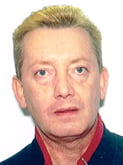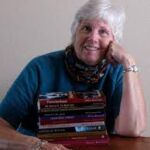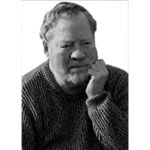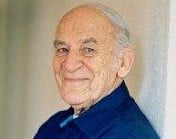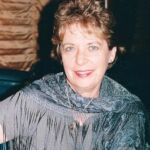A Theory of De-Hypnosis for Past-Life Therapy – Morris Netherton (Is.17)
Morris Netherton, Ph.D.
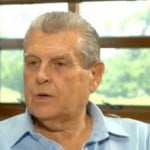 One of past-life therapy’s “old hands” shares with the Journal’s readers his latest thoughts about reaching the deepest levels of healing. Drawing upon his experience with clients, he especially stresses the effects of past physical traumas on the well-being of the body, mind, and spirit today.
One of past-life therapy’s “old hands” shares with the Journal’s readers his latest thoughts about reaching the deepest levels of healing. Drawing upon his experience with clients, he especially stresses the effects of past physical traumas on the well-being of the body, mind, and spirit today.
As a client-centered process, a past-life session is determined by the unique needs and abilities of the client. In my own sessions, I use techniques which most efficiently access unconscious trauma and eliminate it from present-day living. A session starts by locating trauma using either body sensations, strong emotions, or words and phrases that are impactful. The process finds words and gives them emotions or finds emotions and gives … Read the rest

